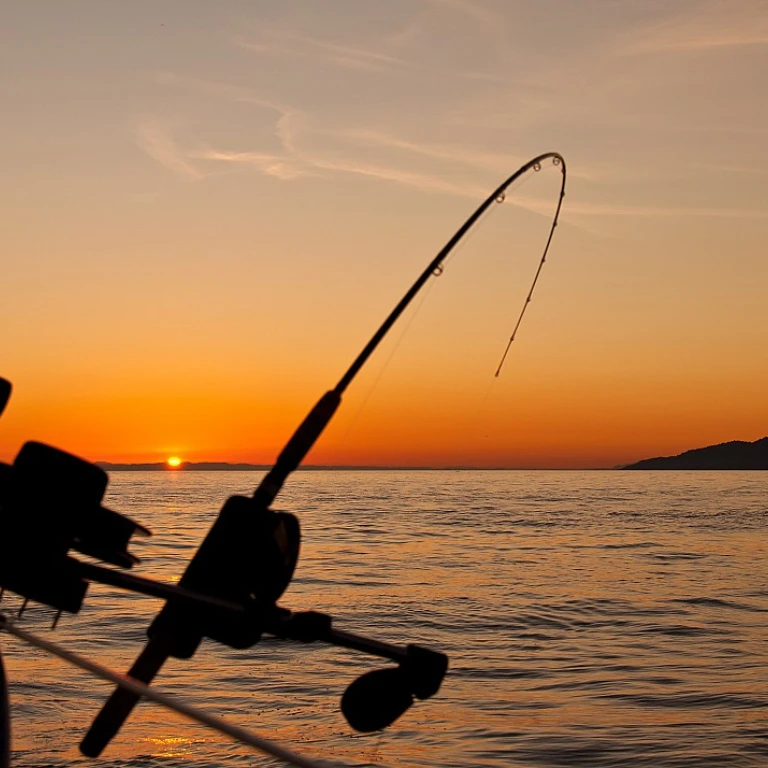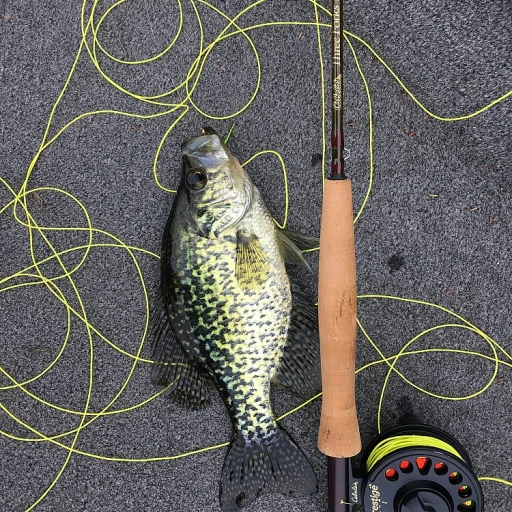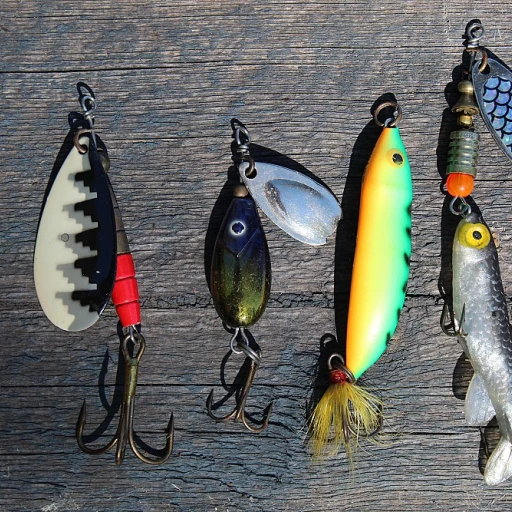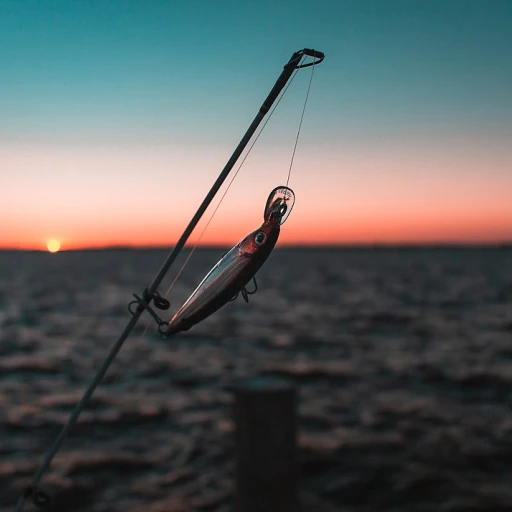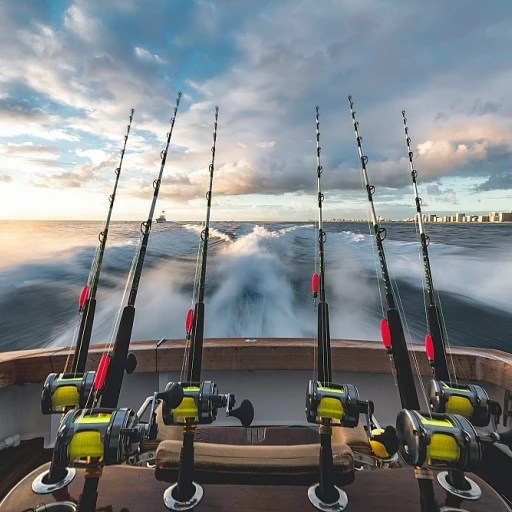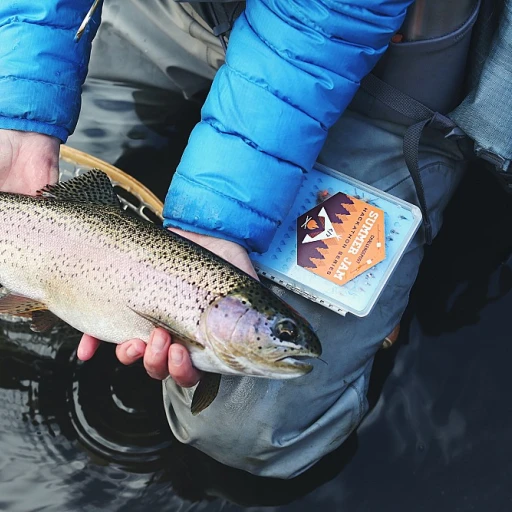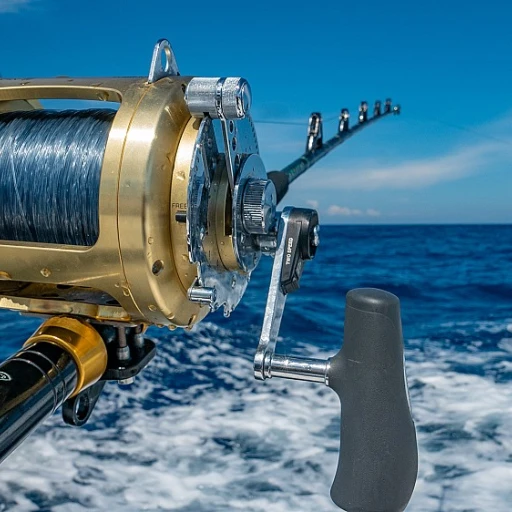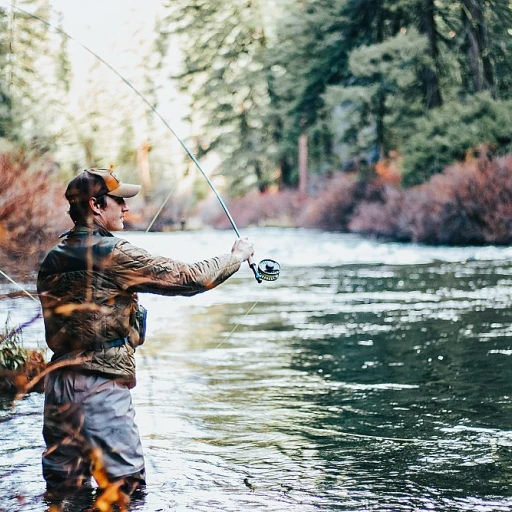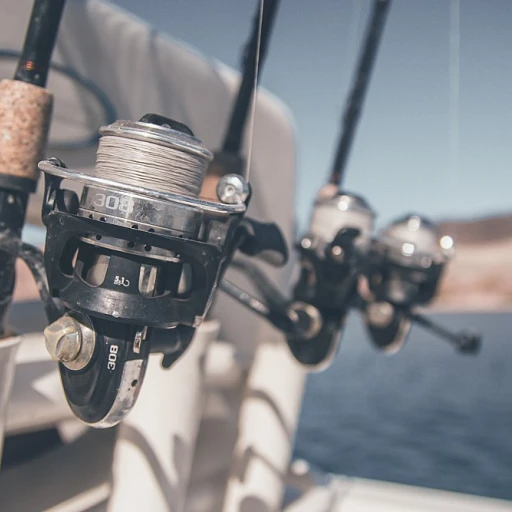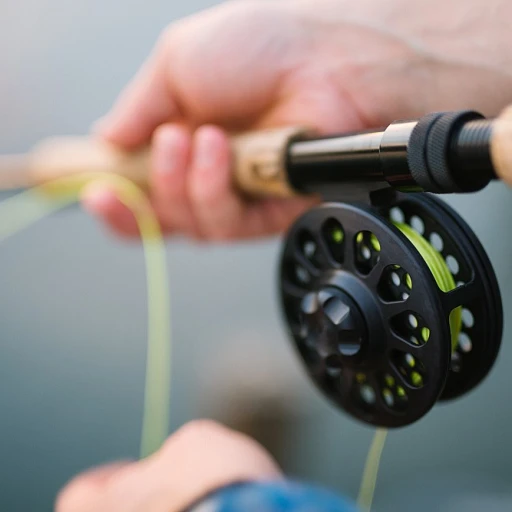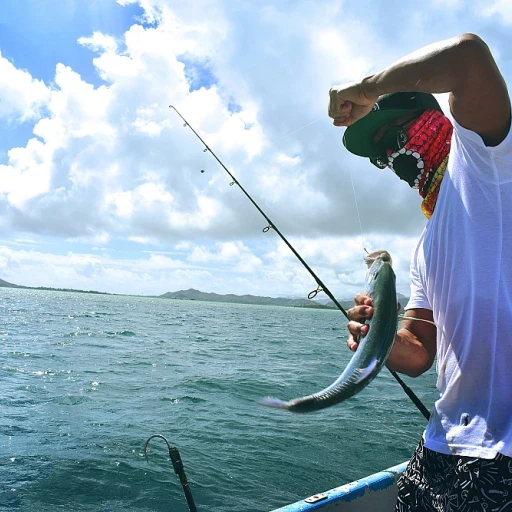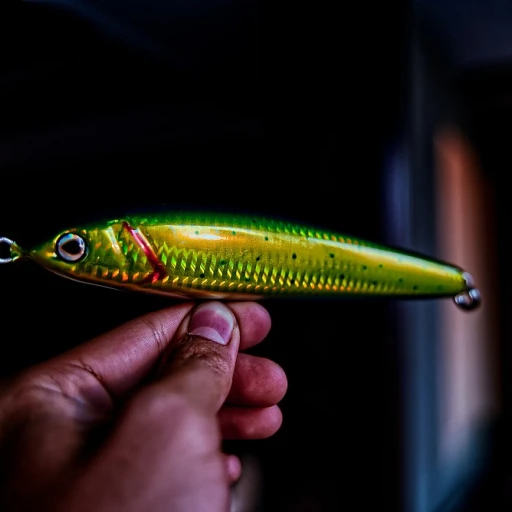
Understanding Smallmouth Bass Behavior
Recognizing the Patterns and Habitat Needs
Understanding the behavior of smallmouth bass is crucial in determining the effectiveness of your fishing techniques. These fish are known for their voracious feeding patterns and can be found in a variety of water environments, including lakes and small streams. To master catching them with flies, it's important to recognize their preferred habitats, feeding habits, and how water conditions influence their activity. Smallmouth bass thrive in cooler, clearer waters where current is present, as it oxygenates the water nicely, creating ideal conditions for these bass and often the schools of brook trout they share the space with. They have an affinity for structures, so look for areas with rocks, submerged logs, or vegetation which can offer both cover and a rich supply of prey. Key Behavioral Insights:- Feeding Times: Smallmouths tend to be most active during low light conditions, such as early morning or late evening.
- Prey Preference: Their diet mainly consists of crayfish and small fish, making fly patterns like the woolly bugger and the murdich minnow particularly effective.
- Topwater Action: In warmer months, smallmouth bass are susceptible to topwater flies. Popper flies are a favorite in attracting these curious fish to the surface.
Choosing the Right Flies for Smallmouth Bass
Navigating the Array of Bass Flies
When targeting smallmouth bass, your choice of flies can dramatically influence your success. The diverse fly patterns available make it crucial to understand which ones perform best in varying conditions. A perfect present for passionate fly fishermen is often a selection of these carefully chosen bass flies.
Some of the most effective fly patterns include the woolly bugger, renowned for its versatility and ability to mimic various aquatic creatures. Its success is not only limited to streams but also to larger bodies of water. Similarly, the murdich minnow is another top choice, particularly when dealing with clearer waters. These flies frequently fill the boxes of seasoned anglers.
- Topwater Flies: For an exhilarating fishing experience, topwater flies such as poppers are unmatched. Smallmouth bass are known for their explosive attacks on these flies, especially during warmer months when they're near the water surface.
- Subsurface Flies: Flies like clouser minnows and crawfish patterns are excellent when the bass are deeper in the water column, seeking more subdued meals. These patterns sink and attract fish looking for an easy bite.
Fly selection should always account for the specific conditions you’ll be fishing in, such as water clarity, temperature, and the presence of natural prey. Fly shops frequently offer these flies on sale, often at a reduced price, which makes stockpiling a diverse collection both economical and practical. Remember, better preparation with the right flies will give you an edge in your fly fishing endeavors, making sure that you’re prepared for any scenario when out on the water.
Techniques for Casting Smallmouth Bass Flies
Perfecting Your Casting Techniques
Mastering the art of casting smallmouth bass flies is a fundamental aspect of successful fly fishing. When targeting these feisty fish, the balance between technique and equipment is crucial. Here are a few tips to optimize your casting performance:- Use the right equipment: Your choice of rods, lines, and flies can significantly impact your casting efficiency and accuracy. A lightweight fly rod with a medium action paired with high-quality fly lines will give you the control needed in both small streams and larger bodies of water.
- Understand the water dynamics: Consider the flow of the water, as smallmouth bass often linger in areas with adequate current. Place your lines and flies upstream to let them drift naturally with the water to attract these opportunistic feeders.
- Practice roll casting: In small stream environments, roll casting can be an invaluable technique. This method uses the weight of the fly line to load the rod without needing a full backcast, allowing you to effectively target brook trout in shallow waters.
- Employ strategic retrievals: Adjusting retrieval speeds and methods can make a big difference. For example, a slow, steady retrieve with a woolly bugger can entice lurking smallmouth, while a quicker, erratic pattern might simulate the movement of a fleeing fish, triggering their predatory instincts.
- Utilize topwater patterns: When smallmouth are feeding near the surface, topwater flies like poppers can be highly effective. The "gurgling" sound of these flies mimics injured baitfish, often prompting aggressive strikes from bass.
Seasonal Strategies for Smallmouth Bass Fishing
Adapting to Seasonal Changes
Fishing for smallmouth bass can be a rewarding experience, especially when you adapt your strategies to the changing seasons. Understanding the seasonal behavior of smallmouth bass will help you select the best flies and techniques for each time of year.
Spring Awakening
As the water warms up in spring, smallmouth bass become more active. This is the perfect time to use topwater flies like poppers. These flies mimic the movement of insects on the water's surface, enticing bass to strike. Consider using a woolly bugger or a murdich minnow to match the hatch in small streams and larger bodies of water.
Summer Strategies
During the summer, smallmouth bass often retreat to deeper, cooler waters during the heat of the day. Early morning and late evening are prime times for fishing. Use fly patterns that imitate baitfish or crayfish, which are abundant in summer. A fly shop can provide advice on the best flies for your local waters, ensuring you have the right fly lines and rods for the job.
Fall Feeding Frenzy
In the fall, smallmouth bass prepare for winter by feeding aggressively. This is an excellent time to use larger flies that mimic the prey they are targeting. Bass flies that resemble minnows or other small fish can be particularly effective. Adjust your casting techniques to cover more water and increase your chances of success.
Winter Considerations
Winter fishing for smallmouth bass can be challenging, as they become less active in cold water. Focus on deeper pools and slow-moving sections of streams. Use flies that move slowly and naturally, such as a brook trout imitation. Patience is key, as bites may be less frequent but equally rewarding.
By understanding and adapting to the seasonal behaviors of smallmouth bass, you can enhance your fly fishing experience and increase your chances of landing these feisty fish. Remember, the right fly patterns and techniques will vary with the seasons, so stay flexible and enjoy the pursuit.
Essential Gear for Fly Fishing Smallmouth Bass
Navigating Essential Smallmouth Bass Fly Fishing Gear
For a rewarding bass fishing experience, having the right gear is crucial. Fly fishing for smallmouth bass demands some specialized equipment, striking a balance between affordability and quality. Here’s a breakdown of the essentials that will elevate your fly fishing adventure.- Fly Rods and Lines: Smallmouth bass respond well to medium-weight fly rods. A 6-8 weight rod is ideal for handling not just smallmouth, but also battling largemouth bass when necessary. Fly lines in cls fill sizes ensure your line matches the weight of your rod, optimizing performance in diverse conditions.
- Flies Selection: Stocking up your fly box with patterns like the woolly bugger, popper, and murdich minnow will cater to various environments and appetites of smallmouth bass. These bass flies vary in price, so shopping smartly for flies on sale can fill your collection efficiently.
- Leaders and Tippets: Saltwater leaders can be surprisingly effective when fishing in small streams, offering durability and strength. Pair these leaders with a sturdy tippet to combat the smallmouth's fighting spirit.
- Fly Shop Variants: Regular trips to your local fly shop will keep you abreast of new bass fly patterns and gear that can enhance your fishing success. Their insights into casting techniques and seasonal changes can prove invaluable.
- Accessories: Don’t skip on a quality fly tying kit if constructing custom fly patterns appeals to you. Additionally, having a reliable pair of polarized sunglasses will help spot fish under the water glare, improving your targeting on smallmouth.
Conservation and Ethical Fishing Practices
Responsible Fishing Practices for a Sustainable Future
As passionate anglers, embracing conservation and ethical fishing practices is vital in preserving the thriving populations of smallmouth bass, as well as the diverse ecosystems they inhabit. Here, we'll delve into some essential guidelines to ensure your fishing ventures are not only enjoyable but also environmentally conscious.- Catch and Release: Whenever possible, opt for catch and release to maintain healthy fish populations. Utilize barbless hooks to minimize injury and swiftly return the smallmouth bass to the water after capture.
- Respectful Handling: When handling fish, wet your hands to protect their slimy coating, which acts as a defense against aquatic parasites. Always support the bass properly, avoiding excessive air exposure to reduce stress.
- Use of Eco-friendly Gear: Consider investing in gear like biodegradable lines and non-lead weights to diminish environmental impact. Keeping the water free of pollutants ensures a thriving habitat for smallmouth bass and other aquatic species.
- Mindful of Spawning Seasons: During spawning periods, allow bass the chance to reproduce by avoiding areas where they nest. This helps maintain robust future generations in both small streams and expansive lakes.
- Leave No Trace: Treat each stream, lake, and river as your own backyard. Dispose of all litter and discarded fishing materials properly, ensuring that pristine waters remain for future anglers.

